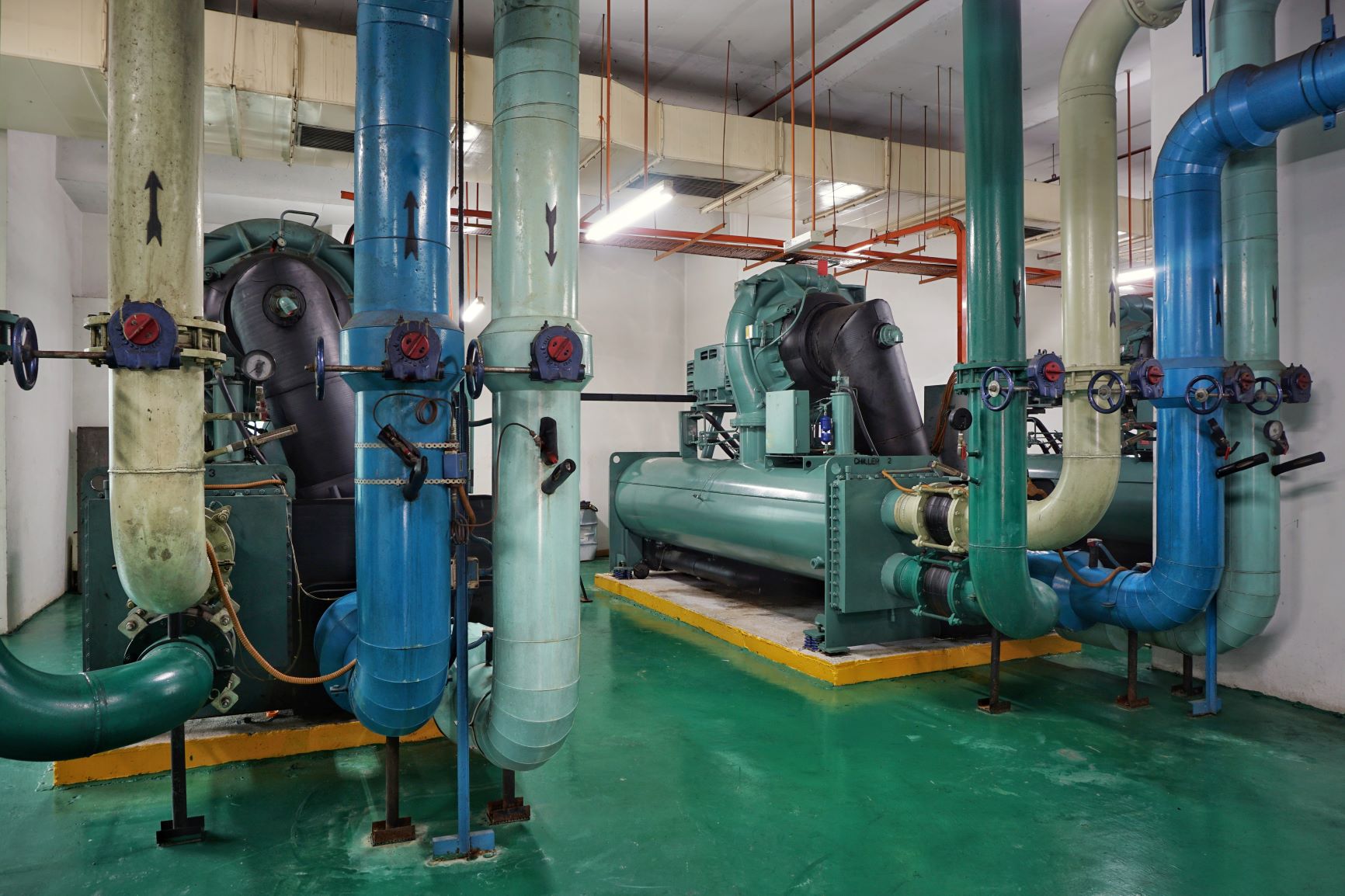Though there is not an ASHRAE-15 safety requirement for a refrigerant monitor in AVRF-VRV applications, some engineers have added a monitor in certain locations as a maintenance aid.
We have also seen some specifying engineers specify a refrigerant monitor for spaces that are too small for the amount of refrigerant in the system - thinking that this will meet code. It will not.
ASHRAE-15 clearly defines two applications requiring a refrigerant monitor:
Unoccupied Spaces - Chiller Rooms
Industrial Occupancy - Cooled spaces where workers are present, and the amount of refrigerant cannot be reduced sufficiently, such as those found in food processing facilities and refrigerated warehouses.
We know of no VRF/VRV system that qualifies for either of these definitions.
Care must be taken when designing, quoting or installing a refrigerant monitor in a VRF or VRV application. While a refrigerant monitor can be useful to detect leaks and provide early warning of refrigerant loss, it must be clear to the owner that the monitor has been installed as a maintenance tool, and is not a safety device in this application.
For more information regarding ASHRAE-15 and VRF/VRV systems please call 317-596-1988.

